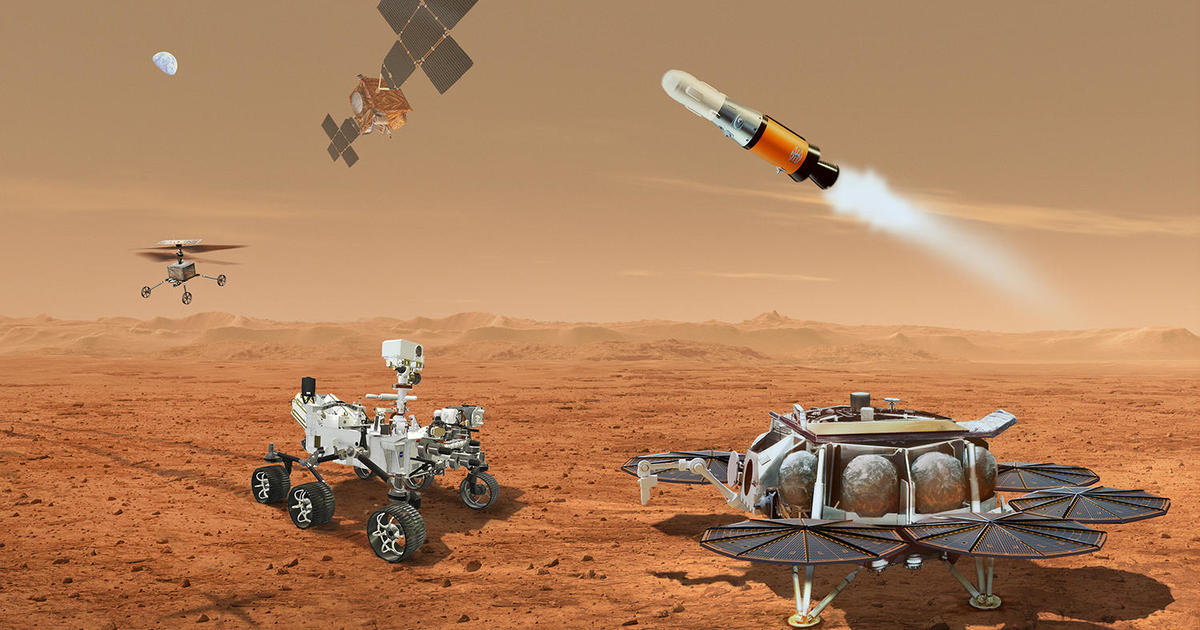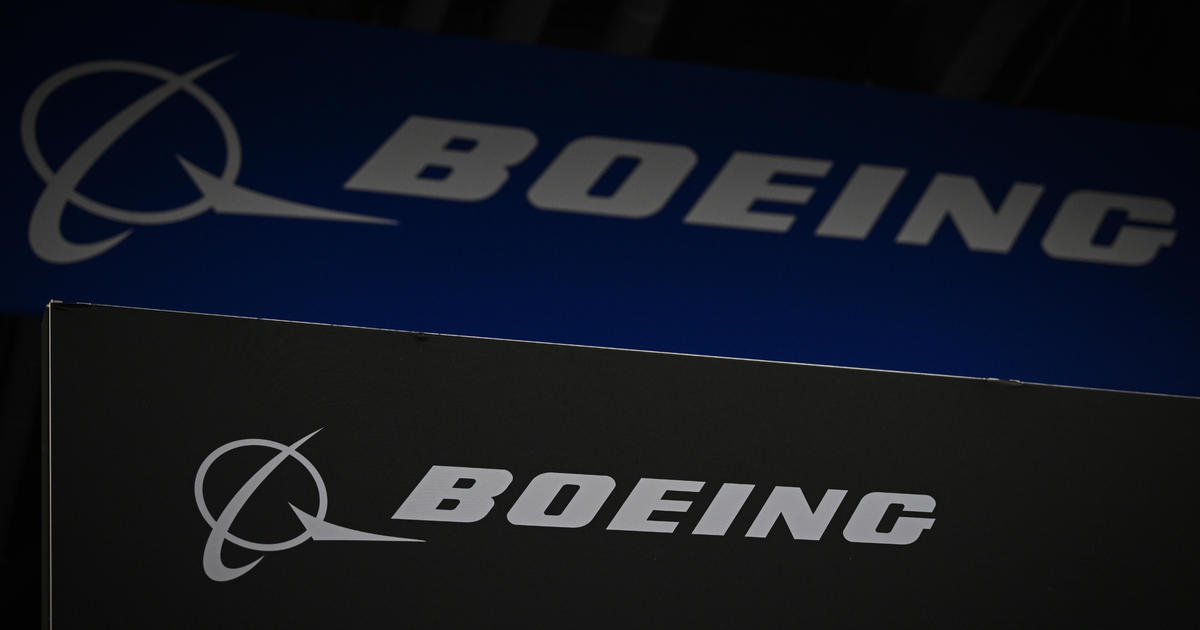First piloted flight of Boeing's oft-delayed Starliner astronaut ferry ship slips to mid-summer
The first piloted flight of Boeing's Starliner astronaut ferry ship is slipping from late April to at least July 21, officials said Wednesday, to allow more time to close out paperwork and to carry out an additional test of the spacecraft's parachute deploy system.
Running years behind schedule, the Crew Flight Test, or CFT, mission will carry two veteran astronauts — Barry "Butch" Wilmore and Sunita Williams — to the International Space Station to verify the ship's readiness to begin regular service ferrying crews to and from the lab complex, alternating with SpaceX's already operational Crew Dragon.
NASA Commercial Crew Program manager Steve Stich said there's nothing wrong with Starliner's parachute system and "when we look across the vehicle, the Starliner spacecraft is in really good shape. ... The Atlas Launch vehicle is ready for flight."
But reviewing the paperwork needed to officially clear the spacecraft for flight, along with the addition of another ground test and fitting the flight into a busy East Coast launch schedule, combined to push the long-awaited mission from spring to the mid-summer timeframe.
"When we look at all the different pieces, most of the work will complete in April for the flight," Stich said. "But there's one area that's extending out into the May time frame. And this really has to do with the certification products for the parachute system.
"And so, when we were looking at where to head with the (launch) date, trying to thread the needle at the (Space Force) Eastern Range and then the manifest considerations for ISS, we've decided that the best launch attempt is no earlier than July 21."
Boeing and SpaceX were awarded contracts in 2014 to build commercial crew ships that could carry NASA and partner agency astronauts to and from the space station. SpaceX, under an initial $2.6 billion contract, designed a crewed version of its Dragon cargo ship that would ride into orbit atop the company's Falcon 9 rocket.
Boeing designed its own capsule — Starliner — under a $4.2 billion contract, relying on United Launch Alliance Atlas 5 rockets for the trip to orbit.
After a successful unpiloted test flight, SpaceX launched a two-man crew to the space station in May 2020. The company has now launched nine piloted Crew Dragon missions, seven for NASA and two privately funded flights, ending the nation's sole reliance on Russian Soyuz spacecraft for access to low-Earth orbit.
Boeing had hoped to launch its first crew in 2020 as well, but the company ran into major software problems during an unpiloted test flight in December 2019. After resolving unexpected trouble with corroded propulsion system valves, another test flight was launched in May 2022.
This time around, the Starliner completed its major objectives, robotically docking with the space station as planned. At that point, NASA was aiming for a piloted launch later that year.
But additional analysis and reviews pushed the flight into 2023 and, after several more slips, it's now moved out to July, assuming the necessary work can be completed in time and planners resolve a launch date conflict with another Atlas 5 mission.
As for the Starliner's parachute system, Stich said "there are really no issues or concerns. Those parachutes are installed in the vehicle, they're in good shape, it's just a matter of going through all that data and making sure we're really ready to go fly safely."
The additional ground test was added to make sure a protective heat shield at the top of the spacecraft will deploy properly under high-stress abort conditions to enable release of the parachutes needed to slow the vehicle during its descent to landing.
"We're going to do a test at the highest possible (stress) regime that they could see in an abort," Stich said. "And so we'll do that test on the ground, just to make sure that system can deploy properly."
Assuming the Crew Flight Test goes well and the Starliner wins NASA certification, the agency plans to launch two commercial crew flights to the space station each year, one using SpaceX's Crew Dragon and the other Boeing's Starliner.
With two operational crew ferry ships available, NASA astronauts will have assured access to the space station even if problems ground one of the two spacecraft.
"Getting a second crew transportation capability for the space station is hugely important to us," Stich said. "And so we've been working really hard on that."






